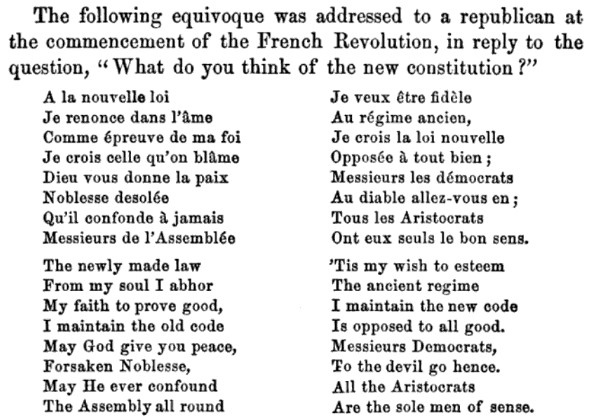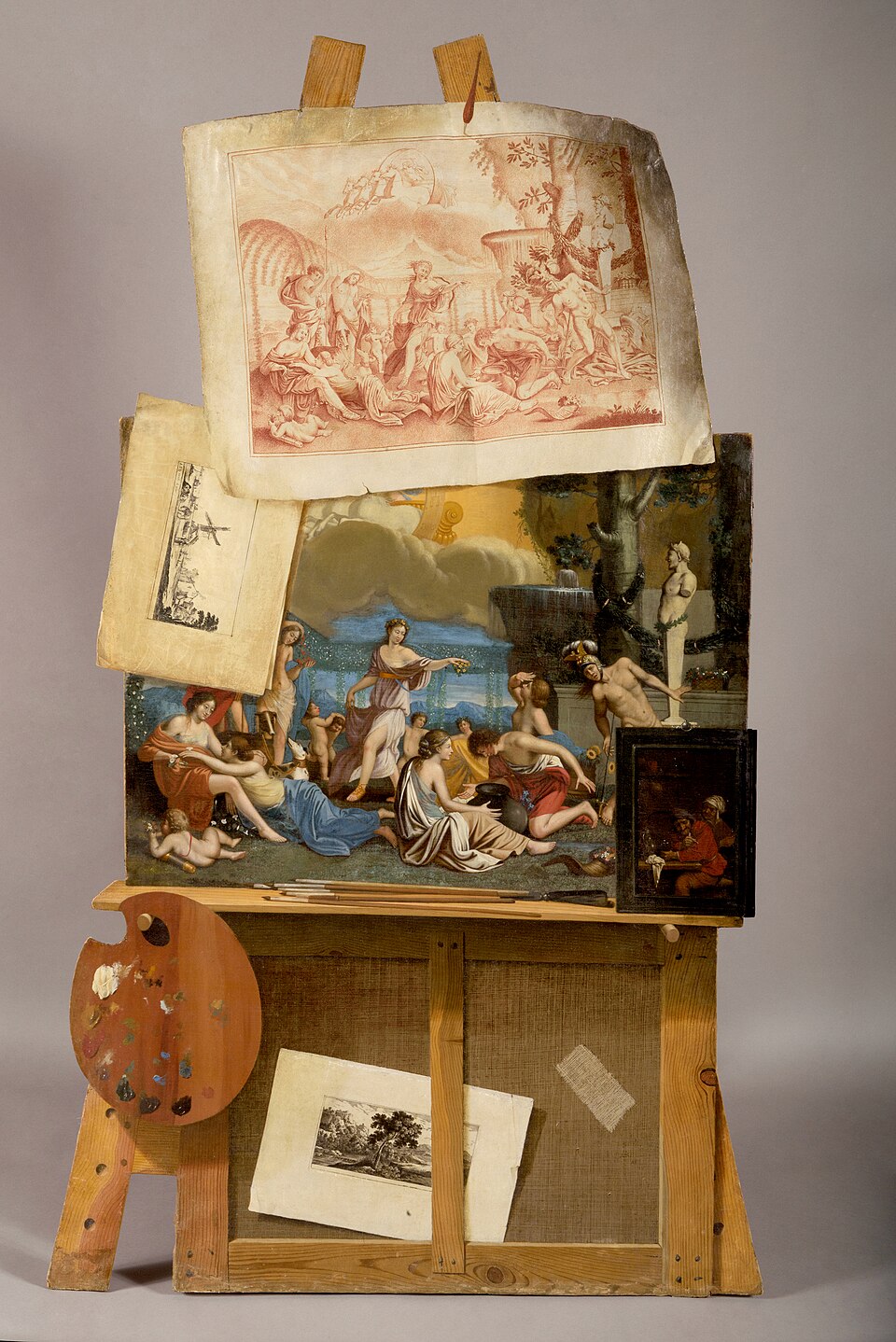In a 1920 letter, George Bernard Shaw wrote, “The stock joke of the London stage is a fabulous stage direction ‘Sir Henry turns his back to the audience and conveys that he has a son at Harrow.'”
This is perhaps beaten by J.M. Barrie, who allegedly told a young actor in one of his plays, “I should like you to convey when you are acting it that the man you portray has a brother in Shropshire who drinks port.”



